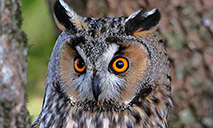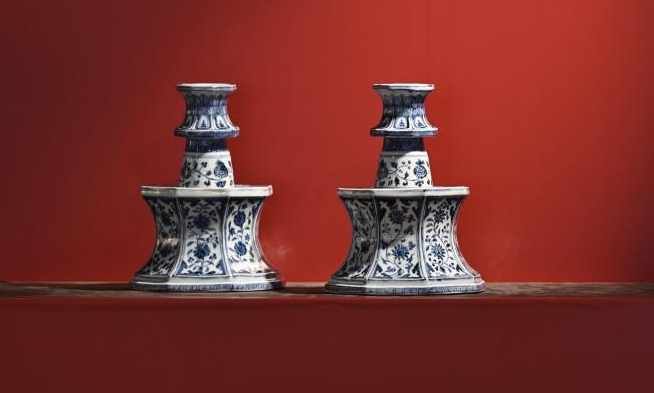Feature: Overseas students fall in love with traditional Chinese exercises
NANCHANG, May 26 (Xinhua) -- In the morning, overseas students from Jiangxi University of Chinese Medicine gather at the basketball courts for traditional Chinese exercise sessions featuring Wuqinxi, Baduanjin and Tai Chi under the guidance of instructors.
For the students majoring in clinical medicine combining Chinese and Western medicine, exercise that follows Traditional Chinese Medicine (TCM) theories is a mandatory course.
26-year-old Fahad Kabeer of Pakistan has recently become obsessed with Wuqinxi, a fitness exercise inspired by the movements of five animals. The exercise, which imitates the movements and expressions of tiger, deer, bear, monkey and crane, is not only a part of TCM, but is also a widely accepted national intangible cultural heritage.
"There is a set of animal movement-based aerobics that is popular among the international exercisers. In fact, its history can be traced back to 1,800 years ago," he said, showing an example of the hand movements which imitate the claws of a tiger.
"TCM may be abstract and profound for people from different countries with different cultural backgrounds, but they can gradually understand its meaning through intuitive exercises," said Zhou Pingsheng, dean of the International Education College at Jiangxi University of Chinese Medicine.
"We would reorganize a series of exercises that fit well for the current season. For instance, we combined the tiger play of Wuqinxi with Qi gathering movements in Baduanjin, which are believed to be good summer exercises benefiting liver and spleen," said Zhong Yuanyuan, a teacher at the institution's School of Physical Education and Health.
Throughout the process of learning traditional Chinese exercises, 24-year-old Nimat Amal Shuaibu of Nigeria has developed a healthy sleeping habit and a balanced lifestyle that make her feel fresh. As many young people's health suffers in fast-paced societies, practicing these exercises can provide a new direction of maintaining health and fitness. "This is a prescription for exercise that can nip it in the bud," she said.
Nimat completed five years of study at Jiangxi University of Chinese Medicine, and is currently working as an intern at a hospital in Nanchang, Jiangxi Province. During the COVID-19 outbreak, she participated in a video production to teach staff and students to practice at home. The guides helped viewers relax their muscles and nerves. "I witnessed how TCM treated COVID-19 patients at the hospital," she added.
Practicing Tai Chi opened a window of understanding Chinese culture for Hanu Gaur, a student from India. He realized the differences and similarities between Indian and Chinese culture from his experiences with Tai Chi and yoga. In his understanding, the combination of "body toning", "breath toning" and "heart toning" is important in both cultures.
Although the ways of pursuing physical and spiritual health are different, the unremitting pursuit of harmony and inclusiveness invariably stays the same. "Chinese culture is really amazing. It's invisible but it's everywhere. It's energetic and vibrant," Hanu concluded.
According to Xu Lanbin, secretary of Jiangxi University of Chinese Medicine's Communist Party Committee, the school was one of the first universities approved by the Ministry of Education to recruit overseas students in 1993. The university has established cooperative relations with dozens of institutions from countries and regions following the Belt and Road Initiative. Up until now, the university has trained more than 2,000 medical talents from 39 countries.
Photos
Related Stories
- Chinese Tai Chi course organized at university in Bangkok, Thailand
- Sitting Tai Chi exercises help improve stroke recovery: study
- China’s underwater Tai Chi star hopes to spread martial art’s popularity
- World Tai Chi Day marked online in Malta
- Chinese Tai Chi enters UNESCO intangible cultural heritage list
Copyright © 2022 People's Daily Online. All Rights Reserved.










